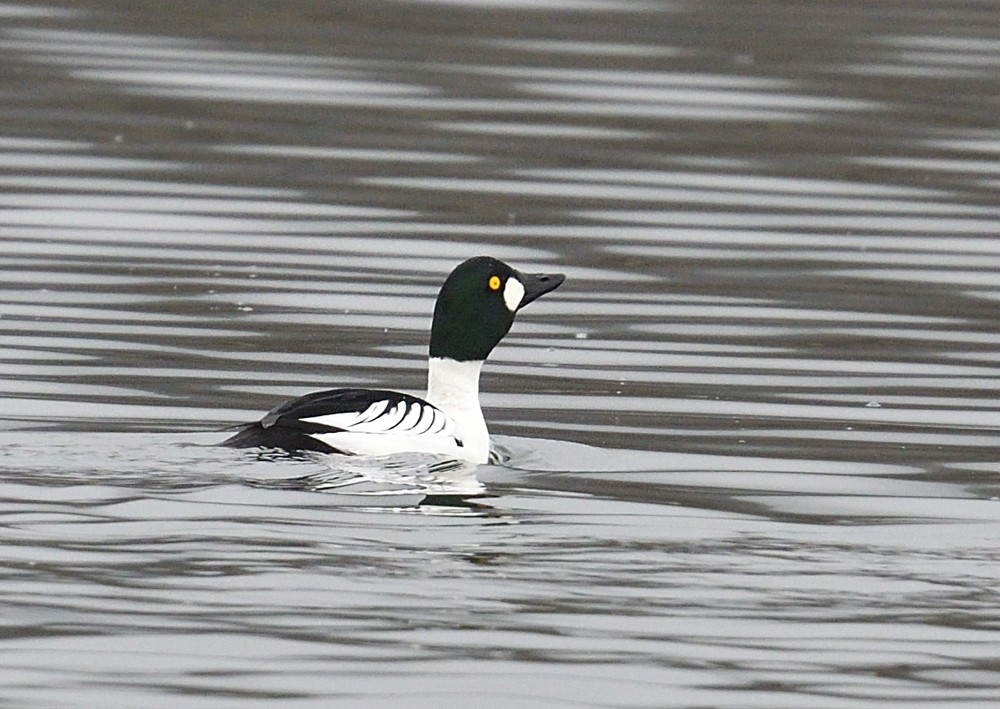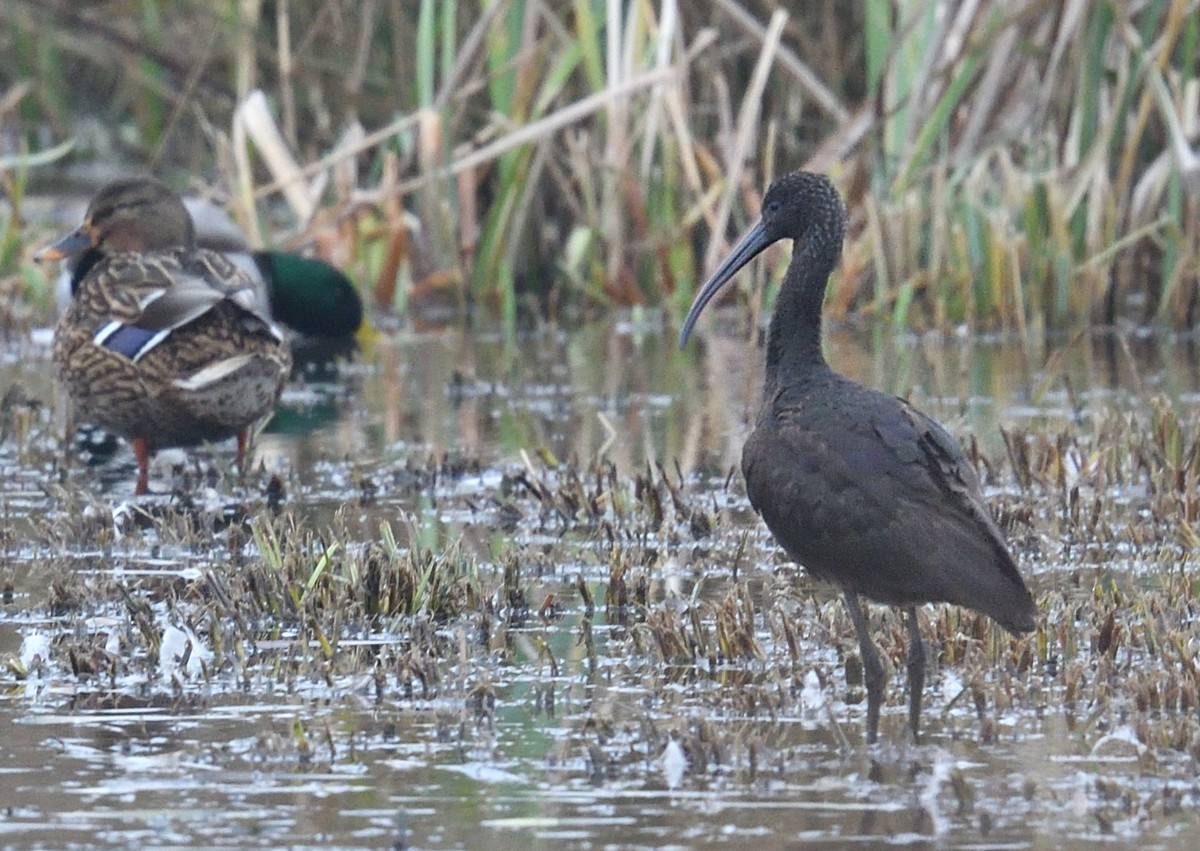At the end of August, Birdguides was reporting some migrant birds in Spurn that I really wanted to see. David and I decided to go up for 3 days and stay at the Bird Observatory. The Observatory, the ‘Obs’ for short, is on the spot and is very reasonably priced. Spurn is a long, narrow peninsula at the mouth of the Humber river, East of Hull. We booked for 3 nights from Tuesday 30 August 2022.
 |
| Showing Hull and the Humber. Inset area below |
 |
| The Spurn Peninsula. |
Before getting to Spurn, we decided to go for the Greater Sand Plover which had been at Redcar for several days. The plover was mobile, and could be anywhere at various points on a long stretch of beach. Luckily, it had been relocated recently, and the large group of birders on the beach left no doubt we had found the right place. This small wader originally hails from the Middle East. It was fairly distant but no problem with a good telescope. We watched it for 25-30 minutes before heading South again to Spurn.
 |
| Greater Sand Plover - here with a Black-headed Gull |
On the way to Spurn, we passed over the North Yorkshire Moors. The high terrain looked good for Red Grouse, which I needed for my year list. We stopped and, within a few minutes, heard the call. Shortly afterwards, David spotted the grouse some distance away.
Back in the car, we continued South to Spurn. A quick mini-supermarket shop was all that was needed before arriving at the obs. late afternoon. We dropped everything off at the Obs., before heading down the road to where an Arctic Warbler had been seen.
Finding a small bird in the bushes is no easy task at the
best of times, and we arrived in failing light. Birds are creatures of habit. We
learned from those present that the Arctic Warbler came back to a particular
tree, devoid of leaves inside. We sat down nearby to wait for it. About 20
minutes later we were rewarded with very close views of this small, unassuming passerine.
 |
| Arctic Warbler |
The following day, Wednesday 31st, with a strong Easterly wind blowing seabirds towards us, we did some sea watching. Now, I am not very experienced at sea watching, which involves looking out for distant seabirds and identifying them at long range. David is much more experienced at this. The best bird was a Pomarine Skua, but we saw several Arctic Skuas, a couple of Great Skuas, as well as more common birds such as Gannets, Kittiwakes and Gulls.
You'll just have to take my word for it! 😏
Later, we went to the wetlands. We looked for two reported Red-necked Phalaropes, but didn’t see them. There was, however, a Citrine Wagtail which, amazingly, I managed to see, but David did not. He was looking the other way at the time!
After lunch I went looking for a Red-backed Shrike nearby, but David returned to look for the Citrine Wagtail.
On arrival at the Shrike, I caught the merest glimpse of it before it disappeared for the afternoon. Not very satisfying.
Returning to the wetlands, we caught up with the two Red-necked Phalaropes.
 |
| Red-necked Phalaropes |
 |
| Ruff. Ruffs vary in size quite a bit. This one is quite large. |
Later on, we caught up with the Citrine Wagtail, and we also enjoyed reasonable views of a Wryneck. Wrynecks are, technically, a type of woodpecker, and they can usually be seen for only a few weeks in the autumn while on migration.
 |
| Wryneck. So called, as they can apparently turn their heads through quite an angle. |
The only pub on the peninsula is less than 100 metres from the obs, and we enjoyed dinner there, me with a glass or two of Sauvignon Blanc!
On Thursday, 1 September, we decided to walk to the end of the long, narrow Spurn Peninsula. This is a round trip of over 8 miles, about a quarter of it on sand, which is quite hard going. The other 75% is on various bits of tarmac path. Here is a view of the start of the walk. You can just see the end of the spit above the red car beyond where the lighthouse is. You may just be able to see it in the photo. It's further than it looks!
 |
| The Spurn Peninsula |
There is not one continuous path because the sea has eroded the spit in several places, causing the path to fall into the sea or onto the beach. Probably, in a few years, it will not be possible to walk to the end, as it will have been washed away.
While we were crossing the sandy section, we came across this young seal, which headed straight for the sea as we approached.
 |
| Young seal - a Grey Seal I think. |
At the very end, there is one of those mock signposts with the distances to various places, e.g. Sydney: 10,474 miles. Here I am, pointing aimlessly, and here is a selfie of David and me.
There were no especially rare bird sightings on this walk which was just a pleasant stroll lasting all morning.
On our return, we returned to the Wryneck for better views. We also heard of a very showy Wood Warbler nearby. I wasn't prepared for quite how obliging this bird was. It flitted around the tree, feeding, while 10 or 12 people stood very close nearby taking photos. Lovely!
 |
| Wood Warbler |










































